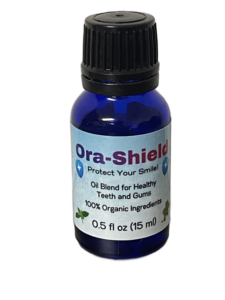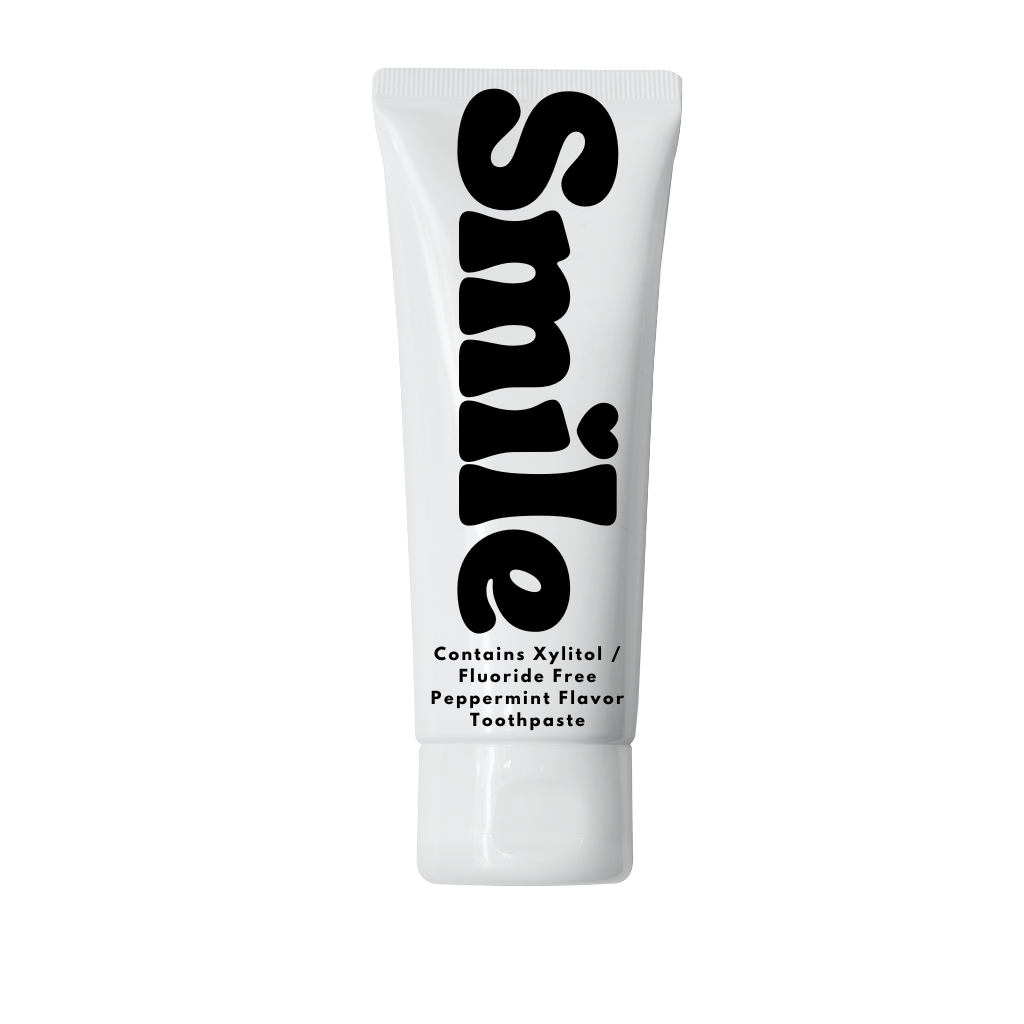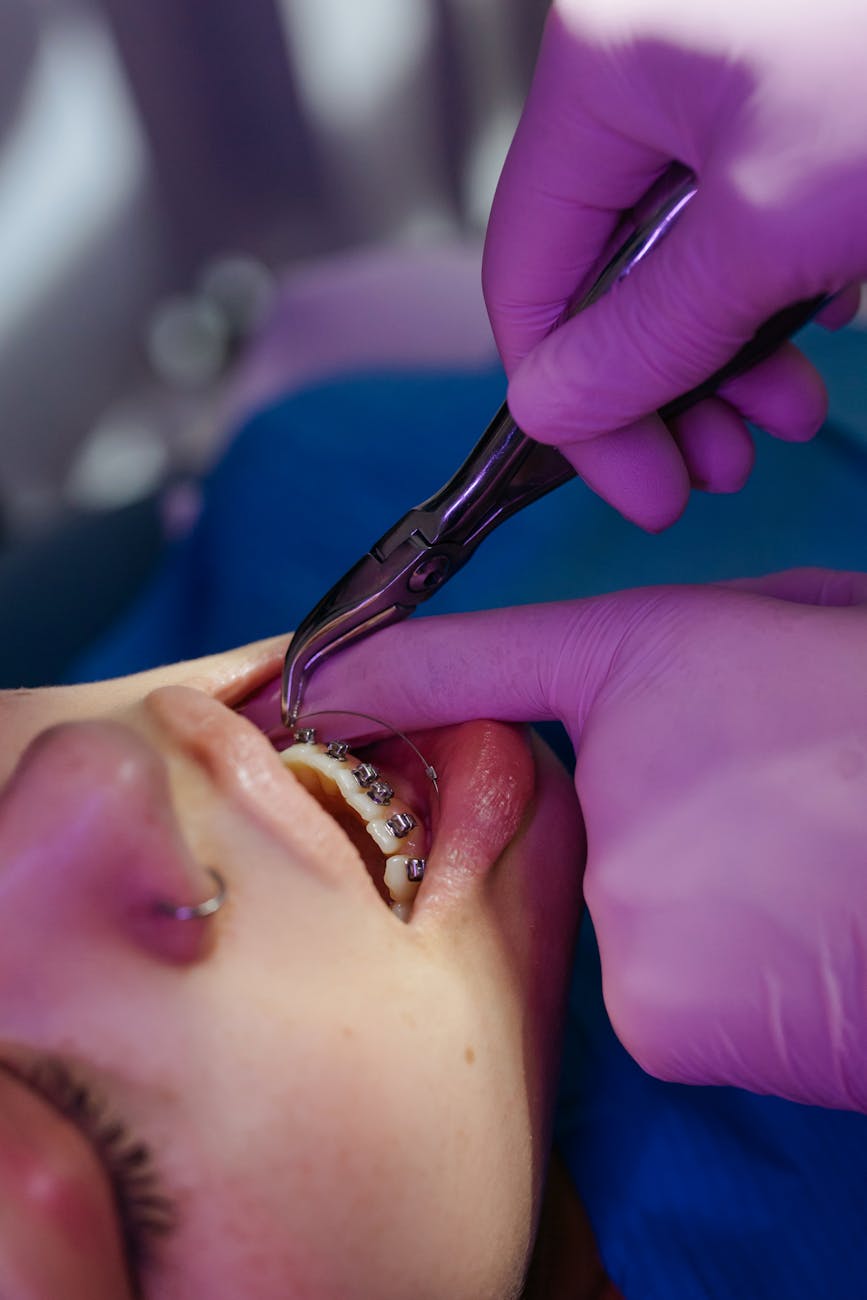See below for a new, game-changing tool for gingivitis treatment at home

Have you been told that you have gingivitis? Or maybe you have struggled against progressing gum disease for quite a while. This article describes what gingivitis is, the symptoms of gingivitis, oral hygiene methods you should adopt, diet and lifestyle changes that support gum health, and more. You really can take control of your dental health and treat gingivitis at home. You might need some help from your dentist, but it really is up to you to take care of your own teeth and gums.
Here is what the article is about. You can skip down to the section that you are interested in from here:
- Risk Factors for Periodontitis
- What is Gingivitis?
- Symptoms and Causes of Gingivitis
- The importance of early detection and treatment
- Dental hygiene habits to prevent and treat gingivitis at home
- Choose the right toothpaste to treat gingivitis at home
- Effective home remedies for flare ups of gingivitis
- Diet and lifestyle changes that help treat gingivitis at home
- Conclusion: Take Control of your Oral Health
Great oral health is the gateway to great overall health. If you have inflammation and bad germs in your mouth, they spread to the rest of the body, especially, but not only, to the gastrointestinal tract. And chronic diseases, like diabetes and metabolic syndrome, cause inflammation in the body which also feeds back to the mouth and encourages the growth of bad germs.
So, you really have to tackle your overall health and your oral health at the same time. The good news is that positive gains in one area lead to positive gains in the other area as well. So, you can improve your overall health by getting the upper hand on gingivitis.
Risk Factors for Periodontitis
Gingivitis is a very common disease, and if left untreated it progresses to periodontitis. Surveys have shown that about 40-60 percent of the population with moderate levels of periodontitis, and about 15 percent with severe gingivitis. A table of risk factors from the NIH shows that If you have type 2 diabetes, are of Mexican American or African American ethnicity, or are a current smoker, are over the age of 65, or don’t floss your teeth then you are in a population that is in the upper range of periodontitis risk, at about 60 percent. These are all risk factors for periodontitis. If you have any of these risk factors you should definitely sit up and pay attention.
What is Gingivitis?
Gingivitis is the first stage of gum disease. Since it is an “-itis” it means there is inflammation, in this case of the gingival tissue, or the gums by the teeth.
It starts with puffy, swollen gums around a certain tooth, maybe one that is hard to clean around. Tooth tartar that isn’t removed from the tooth surface by the gum line can harden into plaque. Plaque is basically a biofilm of bacteria that has colonized on the tooth surface. The nasty bacteria in the plaque release inflammatory compounds even as the body sends in immune cells to fight the infection. The infection and the body’s response to the infection causes the swollen, red gums in gingivitis. It is basically an inflammatory war zone at the gum line of your teeth.
Symptoms and Causes of Gingivitis
The main symptoms of gingivitis are:
- Swollen, red gums
- Gums that bleed when brushing or flossing
- Bad breath that doesn’t go away after cleaning your mouth
- Receding gums
The most common cause of gingivitis is said to be an oral care routine or lack of an oral care routine that does not remove the tartar and plaque from the teeth. It could be that you don’t brush and floss your teeth enough, or that when you brush and floss you are missing a spot or two in the way that you brush your teeth. Or maybe you do brush your teeth but you don’t use floss. Or your toothpaste isn’t very effective for gum health.
Other factors that are sometimes to blame are hormonal changes (especially during pregnancy), certain medications that cause dry mouth, smoking, and genetic factors that make you more prone to gum disease. The environmental factors are certainly more important than the genetic ones, but your genes might still play a small role in why you have gingivitis. More likely, you have inherited a diet and lifestyle from your family that makes you prone to gingivitis.
The importance of early detection and treatment
Once you notice your gums bleed easily when you brush your teeth, or you see red, swollen area of your gums, or receding gums, it is time to change course and take action. If you don’t make changes and treat your gingivitis as a serious issue it will progress to periodontitis. And this can lead to even more receding gums, exposure of the roots of your teeth to bacterial infections where you don’t have enamel to protect your teeth, and a loss of the connective tissue (the periodontal ligament) and bone which holds your teeth in place. Eventually, when periodontitis gets severe you actually lose your teeth. Advanced gum disease is the main cause of tooth loss.
Dental hygiene habits to prevent and treat gingivitis at home
Here are the basic habits you need to implement to prevent and treat gingivitis. Since these are habits, you have to make them routine so you don’t have to think about doing them.
- Brush your teeth well at least two times a day.
You need to include brushing your teeth as well as along the gumline. The goal is to remove food debris which feed bacteria and to disrupt the biofilm of bacteria which form on the teeth and gums. Once you brush, stop eating and snacking until the next mealtime. Drink clean, pure water between meals. - Floss between your teeth daily.
This disrupts the biofilm between your teeth and keeps plaque from forming there. Dislike floss? Consider using a flosser with a handle that makes it much simpler and more sanitary to clean between your teeth. Even children can learn to do this effectively without getting saliva all over their hands. - Use Ora-Shield to finish brushing your teeth or as a mouthwash.
After you brush your teeth with a healthy toothpaste, use Ora-Shield. Just a few drops of this essential oil blend will help the good bacteria outgrow and colonize the nasty bacteria in your mouth—on your teeth, along your gumline, and on your tongue. - Consider using a tongue scraper.
If you have white buildup on your tongue you should clean it off. The tongue can be a major reservoir of bacteria in your mouth. Make sure they are working for you instead of against you. Brushing your tongue will help, as will using Ora-Shield on it. Even if you don’t brush your tongue directly with Ora-Shield, your tongue will feel quite stimulated just brushing your teeth with Ora-Shield. - Massage Ora-Shield into tender areas.
If you have a problem area, try to clean it well and then apply a drop of Ora-Shield on that area and massage it into your gums along your teeth. Leave it on without rinsing.

Choose the right toothpaste to treat gingivitis at home
What to use to brush your teeth? While the American Dental Association recommends fluoride toothpaste, they also see nothing wrong with putting mercury in your head on a surface that sees friction many times a day. Mercury vapor is released and can easily enter your brain from your mouth. Have you ever seen the short video of mercury being released when a filling is rubbed by a pencil eraser? It is eye-opening for those who want to see. Or here is a video of a dentist taking measurements of amalgams releasing mercury vapor above safe levels. Authorities who recommend mercury are not worried about your health, but about their own wealth. They are wrong about mercury and wrong about fluoride as well.
We recommend a non-fluoridated toothpaste with ingredients that you can read and understand. There are several natural toothpastes on the market. Fluoride is a neurotoxin with a very small margin of error between safety and toxicity, according to a scientist involved in reviewing the evidence on a scientific panel for the EPA.
Consider using a toothpaste with xylitol in it. Xylitol is a 5-carbon sugar that tastes sweet but can’t be metabolized by bacteria. Many studies have shown that xylitol prevents the growth of bacteria that cause tooth decay. Xylitol will also help with gum health, as it prevents the adherence of bacteria into a biofilm of plaque.

Effective home remedies for flare ups of gingivitis
There are a few more things you can do at home when your gums are really sore.
- Saltwater rinse. This very gentle method can be soothing for sore gums. Dissolve half a teaspoon of natural sea salt in a small glass of water and use it as a mouth rinse. It doesn’t do a lot, but it feels better when you are done.
- Colloidal silver. Use SilverSol or SilverBiotics or your favorite colloidal silver solution as a mouthwash. Don’t rinse out mouth after you are done; just let the residual keep working. Colloidal silver has anti-bacterial properties that work in your favor. You could combine saltwater rinse with colloidal silver.
- Oil pulling. You can use a tablespoon of coconut oil or the traditional sesame seed oil for swishing around in your mouth and between your teeth for ten to fifteen minutes early in the day. You can put a few drops Ora-Shield into your oil pulling oil as well to upgrade your experience and get stronger antibacterial effects.
Diet and lifestyle changes that help treat gingivitis at home
As mentioned in the beginning of this article, overall health affects your oral health as well as vice versa. Here are some tips for getting your overall health in better shape.
- Consume a diet rich in natural fruits and vegetables. Your diet doesn’t have to be vegetarian, but beginning to incorporate lots and lots of fruits and vegetables will improve most any diet. “Eat foods, not too much, mostly plants.” Follow this advice from Michael Pollan.
- Limit or eliminate junk food. It goes without saying, but should be said just in case the absence of this advice means that it is OK to imbibe in it. Just say no. Low grade fuel equals low grade health.
- Quit smoking. Smoking is a major risk factor for gingivitis and periodontitis. And it causes lots of other damage. Smoking is a self-hating addiction. Replace it with habits that actually build you up, not just temporarily calm you down. Take a chewable vitamin C instead of smoking.
- Get daily physical activity. Yes, your body was made to move and work. Find enjoyable activities that require physical effort. And lift weights to build strength so you can do those enjoyable activities at a higher level for a longer time.
- Get restorative sleep. You need a good night’s rest to recover from each day’s activities and be renewed for the next day’s mountains.
- Use dietary supplements to boost your health. Every diet does not provide optimal levels of every nutrient needed for optimal health. At a minimum consider taking these supplements:
- Vitamin D3. Many people need 5,000 IU/day to have healthy blood levels of 25(OH)D.
- Vitamin C, at least 3 grams a day, taking just 1 gram doses at a time. Vitamin C needs to be spread out throughout the day.
- Fish oil. Take 2 or 3 regular strength capsules per day. Beware that fish is much more likely to be contaminated with heavy metals than commercially produced, closely monitored fish oil. So, take fish oil.
- Manage stress. Biblical meditation, spending time with God, reading Scripture, praying and talking to God are both ancient and modern in their practice of helping people stay balanced and sane in a crazy world. The answer to, “Where is God when it hurts?” can be found in the Bible, as you meet the God of All Comfort personally.
- Hang out with positive people. We learn a lot from the people we hang out with. Make friends with people that you want to become like. Don’t spend the majority of your time with negative people who abuse their bodies. You will become like your closest associates.
When home treatment of gingivitis isn’t enough: When to see a dentist
The recommended daily oral hygiene habits and diet and lifestyle changes are very likely to eliminate your future risk of gingivitis. And these changes will probably take care of early stage periodontal disease as well. But you might need some professional cleanings like root planing and scaling to get rid of plaque that has built up under the gum line in deep gingival pockets on your worse teeth. This will give you a jump start on the bacterial population that is causing inflammation and the deep pockets. The professional dental cleaning is like bringing in the big guns to swing the war for great oral health in your favor.

When gum disease is full blown and you have multiple teeth at risk of falling out, the dentist might want to do a surgical procedure on your teeth. They cut your gum to create a flap, flip it back from your teeth and then clean thoroughly the roots of your teeth. This sounds like a painful option with a long recovery time. Ouch! But it is better than losing teeth. Maybe there is a better way?
A newer, safer, less painful, and faster method is to use a dental laser to clean and disinfect the gingival pockets, under the gum line and the surrounding tissue. The laser is less invasive physically, but does great work in thoroughly killing bacteria where they don’t belong. It would seem that light covers the whole pocket, while physically scraping only gets the hard surfaces and not the gentle gum tissue. Recovery is much easier with laser treatment. If I was in this position, I would look for a periodontist who has a dental laser.
Conclusion: Take Control of your Oral Health
Gingivitis is very common, but that doesn’t make it good. It is a common malady that can be easily eradicated by good and thorough oral hygiene, using the right tools for gum health. Ora-Shield could be your superpower for saying good-bye to gingivitis. But also make the necessary diet and lifestyle changes that will move you towards optimal health. Great health is a marathon, not a sprint, so you don’t have to make all the changes at once. Just keep going and make one good habit after another. Hang out with people who value their health and work on it diligently. You will pick up many good habits from such people.

